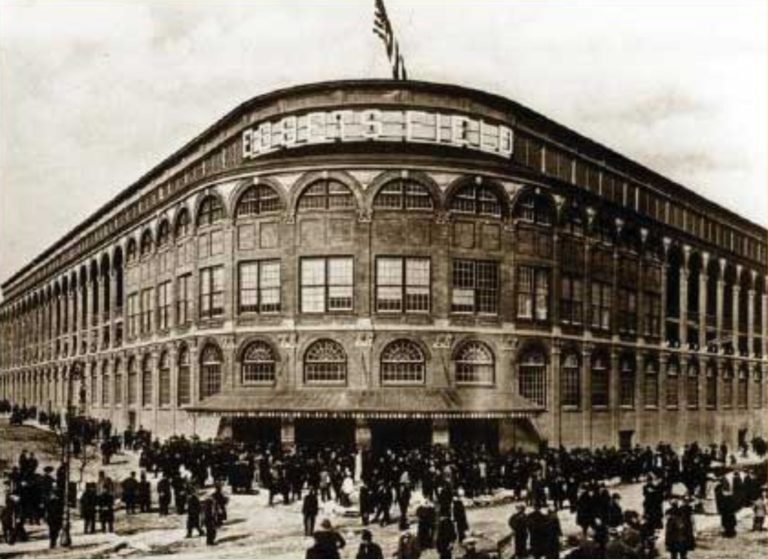
Nobody likes to move—it’s a hassle to pack up all your stuff and head for someplace new and unfamiliar. But sports teams do it all the time, and perhaps no other team move was as shocking as when the Brooklyn Dodgers left for Los Angeles in 1957. Here’s why the team skipped town after decades in Brooklyn.
HEY, EBBETS!
When the Brooklyn Dodgers first started playing at Ebbets Field in 1913, baseball wasn’t yet the popular sport it became a decade or two later. The stadium, located in the Brooklyn neighborhood called Flatbush, sat 18,000 fans when it opened, but was slowly expanded to a maximum of 32,000 seats by the mid-1950s—which, as far as Dodgers owner Walter O’Malley was concerned, was still too small to host a team of such stature; the Dodgers had appeared in nine World Series by that point.
So, much like professional sports team owners do today, O’Malley started considering the possibilities of a new stadium—and he wanted the City of New York to pay for it. The commissioner of the New York City Parks Department, Robert Moses, was happy to oblige…provided that he and the municipal government got to decide where the stadium would be built. Moses wanted to put the new ballpark in Flushing Meadows in Queens. The city would pay for it, and the city would own it. What a deal!
NO DEAL
Not for O’Malley. Before owning the Dodgers, he’d made his fortune as a real-estate developer. He knew that part of the financial benefits of owning a sports franchise was owning the stadium, so he rejected Moses’s offer.
His counteroffer: He wanted Moses to condemn a large parcel of land along Brooklyn’s Atlantic Railroad Yards under a federal law called Title I, which allowed the city to condemn unused land for public works projects.Then, O’Malley figured, he could buy the land from the city at a bargain rate. Moses wasn’t having any of it, in part because he thought (correctly) that O’Malley was just trying to get a good deal on the land, but also because he didn’t believe a baseball stadium fell under the category of “public-works.” Moses had a stricter interpretation—he defined public works to mean projects like playgrounds, bridges, and subsidized housing.
But O’Malley simply didn’t want to move the Brooklyn Dodgers to Flushing Meadows. He told Moses, “If my team is forced to play in the borough of Queens, they will no longer be the Brooklyn Dodgers.” Apparently that didn’t matter to Moses, and he basically gave O’Malley an ultimatum: the only way the city would pay for a new ballpark was if it was the one in Flushing Meadows.
Moses didn’t want a gigantic new stadium anywhere in Brooklyn, citing concerns over traffic and a need to redo subway and streetcar schedules and routes. Also factoring into Moses’s rejection of O’Malley’s plan was that on those four city blocks of abandoned land in downtown Brooklyn, O’Malley wanted to build a domed stadium—the first domed stadium.
A DOME IDEA
Domed stadiums became the rage in professional sports after…
The post The Dome Dodgers appeared first on FeedBox.